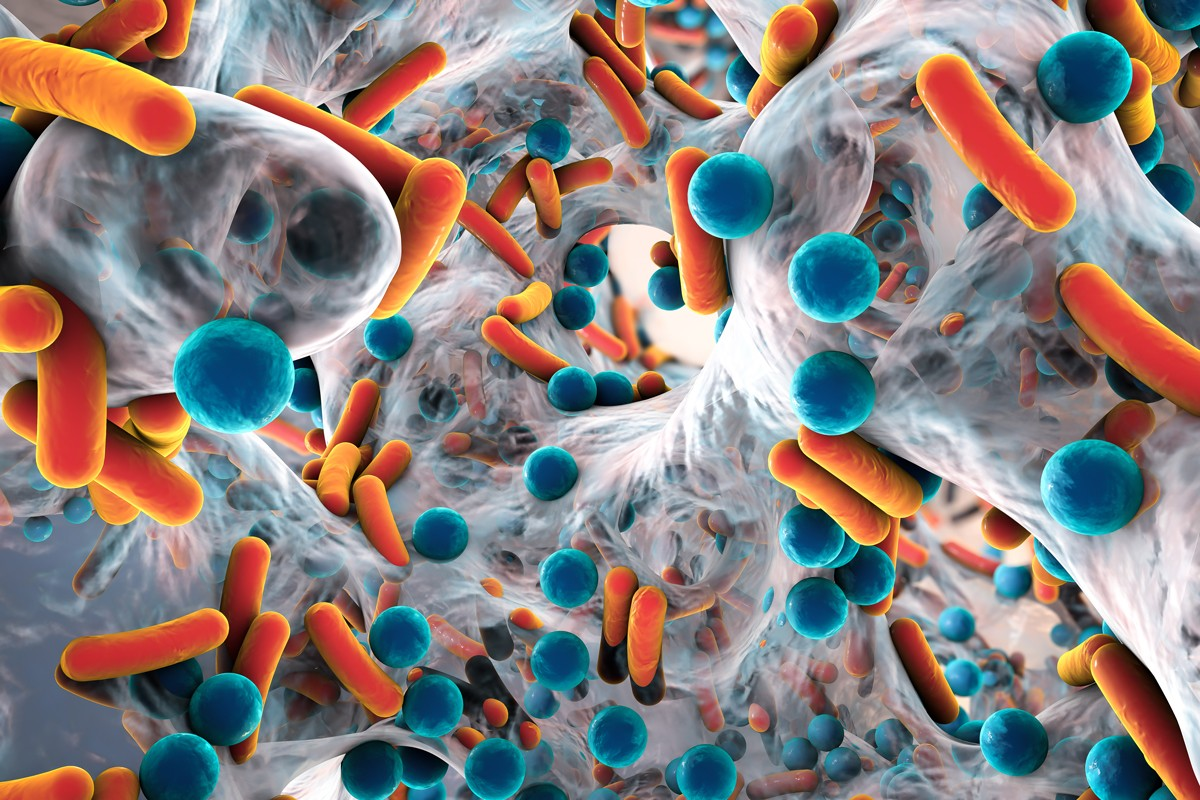Reviewed by Danielle Ellis, B.Sc.Aug 1 2023
Since most therapeutic medicines no longer work against harmful bacteria, the World Health Organization has classified antimicrobial resistance as a worldwide problem. The University of Oklahoma’s Center for Antibiotic Discovery and Resistance is working to identify different treatment approaches under the direction of Helen Zgurskaya, PhD, and Valentin Rybenkov, PhD.

Image Credit: The University of Oklahoma
Antibiotics function by attacking particular elements of a bacteria cell, such as the cell wall or DNA. Bacteria can acquire antibiotic resistance in a variety of methods, including the development of efflux pumps, which are proteins found on the bacteria cell’s surface.
When an antibiotic enters the cell, the efflux pump pumps it out before it can reach its target, ensuring that the antibiotic is never able to kill the bacteria.
OU researchers, on the other hand, were involved in a recent discovery published in the journal Nature Communications. The researchers discovered a novel family of molecules that block the efflux pump and restore the antibiotic’s effectiveness.
The inhibitors have a unique mode of action that was previously unknown. Zgurskaya’s team discovered, in collaboration with teams from Georgia Institute of Technology and King’s College London in the United Kingdom, that these inhibitors act as a “molecular wedge” that targets the area between the inner and outer cell membranes and increases antibiotic antibacterial activity. Understanding this process can aid in the development of novel medications for clinical use.
We already live in a post-antibiotic era, and things will get much worse unless new solutions are found for antibiotic resistance in clinics. The discoveries we have made will facilitate the development of new treatments to help mitigate an impending crisis.”
Helen Zgurskaya, George Lynn Cross Research Professor, Department of Chemistry and Biochemistry, Dodge Family College of Arts and Sciences, The University of Oklahoma
Source:
Journal reference:
Lewis, B. R., et al. (2023). Conformational restriction shapes the inhibition of a multidrug efflux adaptor protein. Nature Communications. doi.org/10.1038/s41467-023-39615-x